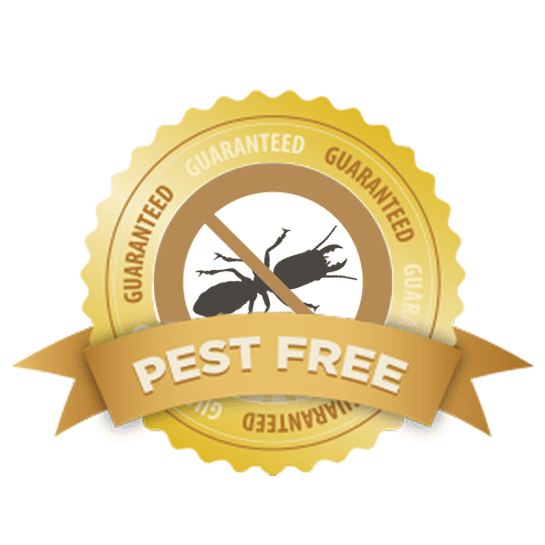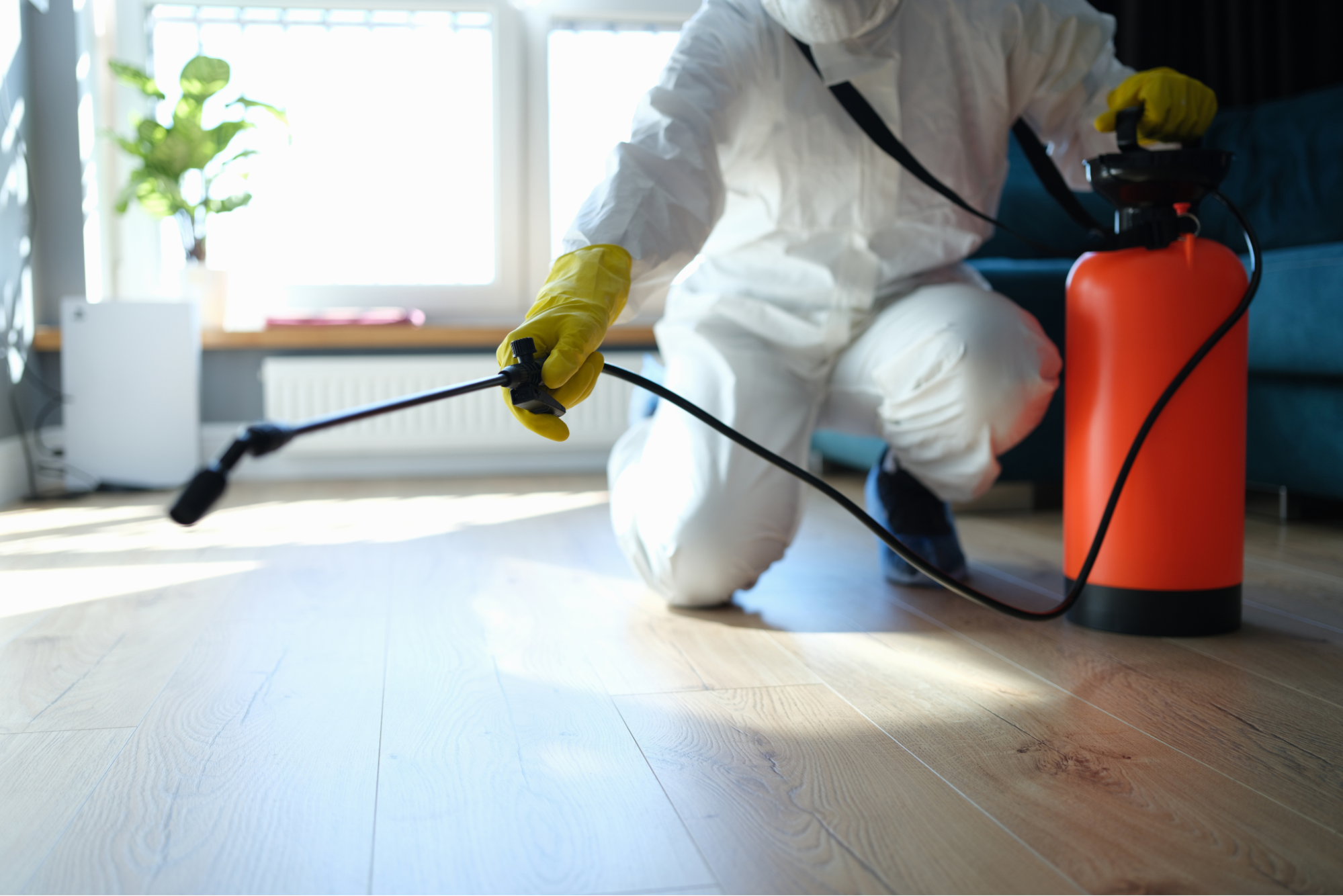A1 Bed Bug Exterminator Charlotte - Specialized Bed Bug Removal
A1 Bed Bug Exterminator Charlotte - Specialized Bed Bug Removal
Blog Article
Bed Bug Therapy Breakdown: Contrasting Chemical Vs. Non-Chemical Solutions
In the realm of pest control, especially when managing the consistent problem of bed pests, the choice in between chemical and non-chemical treatment options can be a crucial one. Both approaches provide distinct benefits and disadvantages, influencing factors such as effectiveness, safety and security considerations, and total price. By taking a look at the nuanced details of each technique, a clearer understanding of which path to pursue in attending to a bed bug invasion can be acquired.
Efficiency of Chemical Therapies
Chemical treatments for bed insect infestations have actually been extensively identified for their potent and fast efficiency in removing these parasites. When considering the efficiency of chemical treatments, it is essential to recognize that they can provide a detailed and quick remedy to a bed pest issue.
Additionally, chemical treatments have the advantage of providing recurring effects, indicating that they can remain to eliminate bed insects even after the initial application. This residual activity is especially helpful in combating any kind of prospective re-infestations. Additionally, the fast activity of chemical treatments can bring relief to people facing severe bed bug infestations, permitting them to regain control of their home quickly.
Security Interest In Chemical Solutions
When using chemical services for bed insect treatment is making certain the security of passengers and the environment,One vital aspect that requires cautious consideration. While chemical treatments can be reliable in removing bed bugs, they may present risks if not managed appropriately. Among the key safety and security issues with chemical options is the prospective damage they can cause to human health and wellness. Exposure to specific chemicals used in bed insect therapies can cause breathing problems, skin inflammation, or various other damaging reactions, particularly in people with pre-existing conditions or sensitivities. Furthermore, inappropriate application or dose of chemical pesticides can lead to harmful residues remaining in the cured area, posturing long-term health and wellness dangers to owners.
Moreover, the environmental effect of chemical options is one more significant consideration. Some pesticides made use of in bed bug therapies might be dangerous to valuable pests, wildlife, and environments if they leach right into the soil or water systems. It is important to make use of chemical treatments carefully, adhering to safety standards, and taking into consideration less toxic options to reduce these threats and guarantee the secure and effective administration of bed pest invasions.
Advantages of Non-Chemical Techniques
Taking into consideration the possible security problems and environmental effect connected with chemical remedies for bed bug treatment, checking out non-chemical techniques provides a promising option with numerous unique benefits. Non-chemical treatments are ecologically pleasant, as they do not contribute to air or water pollution, making them a lasting selection for parasite control.
In addition, non-chemical remedies can be reliable in targeting bed bugs, consisting of hard-to-reach locations where chemical therapies might not pass through - A1 pest control services charlotte. Methods such as warm therapy, vacuuming, vapor cleansing, and bed mattress coverings provide thorough obliteration without the use of harmful chemicals.
Limitations of Non-Chemical Treatments

Furthermore, non-chemical therapies often need multiple applications to accomplish successful removal. This can be time-consuming and may not constantly guarantee total elimination of all bed pests and their eggs, specifically in hard-to-reach or concealed locations.
Additionally, the success of non-chemical treatments heavily counts on appropriate implementation and thoroughness, which can be challenging for individuals without expert competence. Poor application of non-chemical approaches may lead article to incomplete elimination, causing relentless invasions and the requirement for extra treatments.
As a result, while non-chemical treatments have their benefits, it is vital to acknowledge these limitations and consider them when identifying one of the most effective method for managing bed bug invasions.
Expense Comparison: Chemical Vs. Non-Chemical Options
Given the limitations linked with non-chemical therapies, a vital aspect to review in the context of bed pest monitoring is the price contrast in between chemical and non-chemical choices. Chemical therapies normally involve the application of pesticides by specialists, which can vary from $250 to $900 per area, depending on the intensity of the invasion and the dimension of the area to be treated. In contrast, non-chemical therapies like warm treatment or vapor can be much more costly, with expenses varying from $1,000 to $6,000 for a whole home. While the initial expense of chemical treatments might seem reduced, numerous treatments might be needed to fully eradicate the problem, potentially enhancing the total price. On the various other hand, non-chemical choices might offer a more environmentally friendly and sustainable service, although they can be cost-prohibitive for some people. Inevitably, when thinking about the cost of bed pest therapy options, it is important to consider the ahead of time expenses against the performance and long-lasting Go Here sustainability of the picked method.
Conclusion

Thinking about the possible security issues and ecological influence associated with chemical services for bed pest treatment, exploring non-chemical techniques offers an encouraging choice with a number of distinct benefits.Provided the restrictions associated with non-chemical treatments, a crucial element to assess in the context of bed insect administration is the expense contrast in between chemical and non-chemical alternatives. In comparison, non-chemical therapies like warm therapy or steam can be much more expensive, with expenses ranging from $1,000 to $6,000 for a whole home. While the preliminary cost of chemical therapies might seem reduced, several treatments might be called for to completely eradicate the problem, possibly enhancing the overall price.In final thought, when contrasting chemical and non-chemical bed bug therapy choices, it is necessary to consider effectiveness, safety and security, advantages, constraints, and price.
Report this page